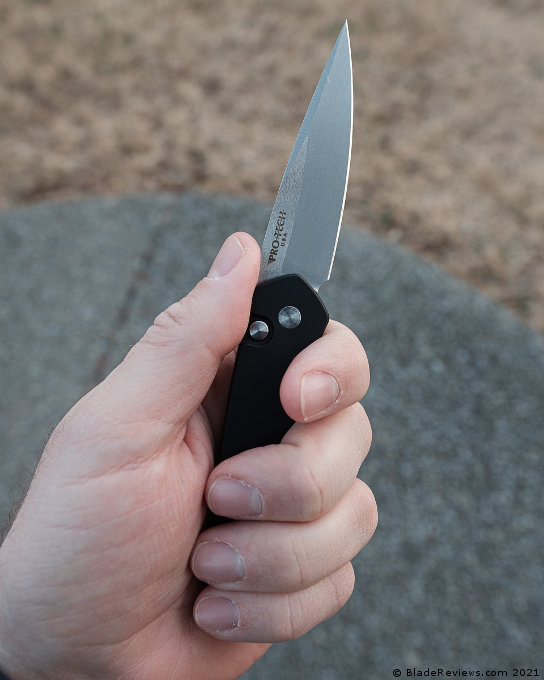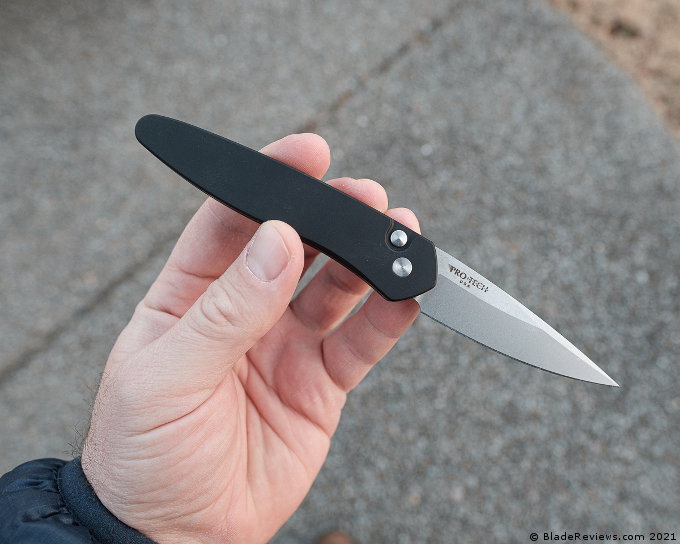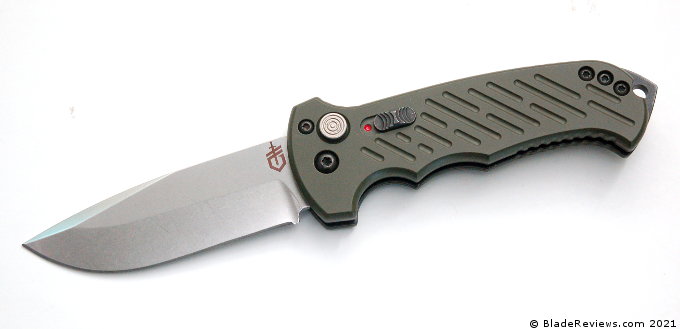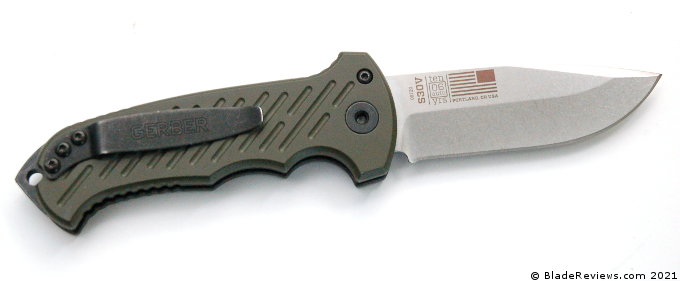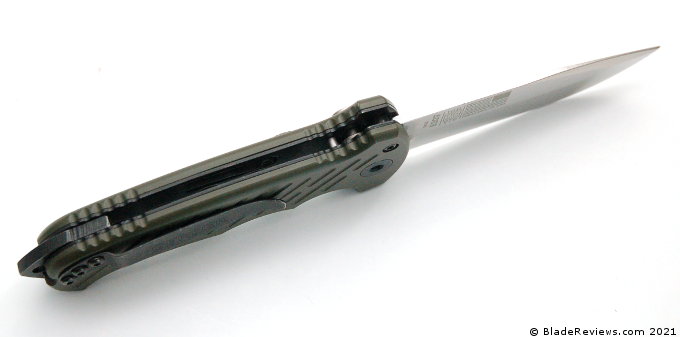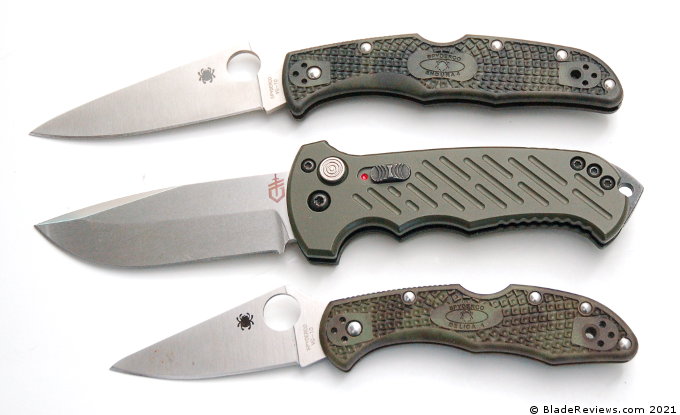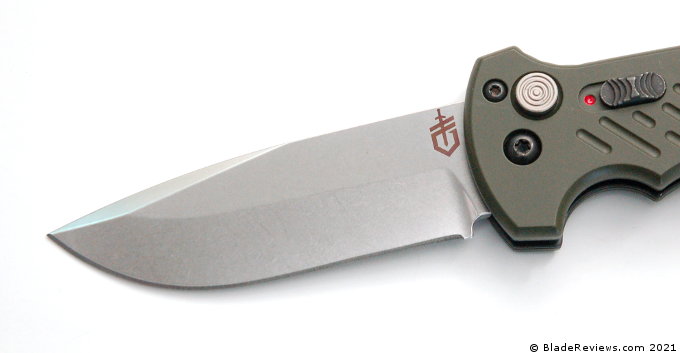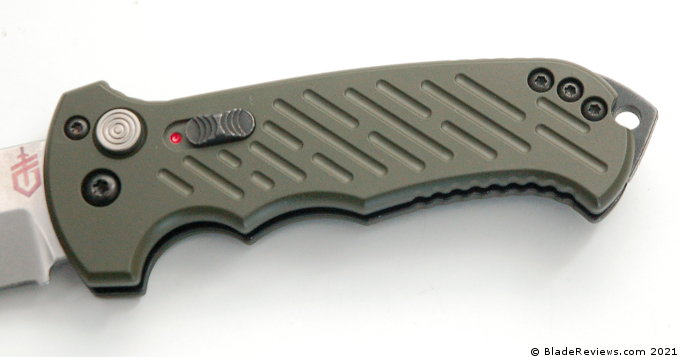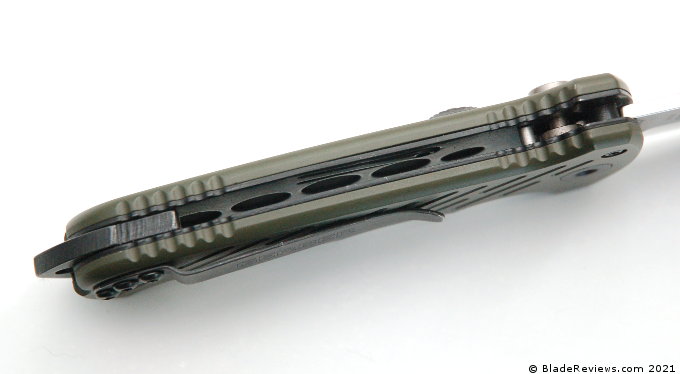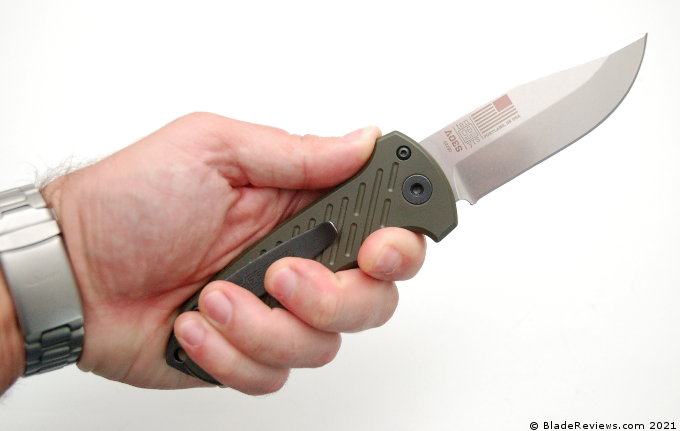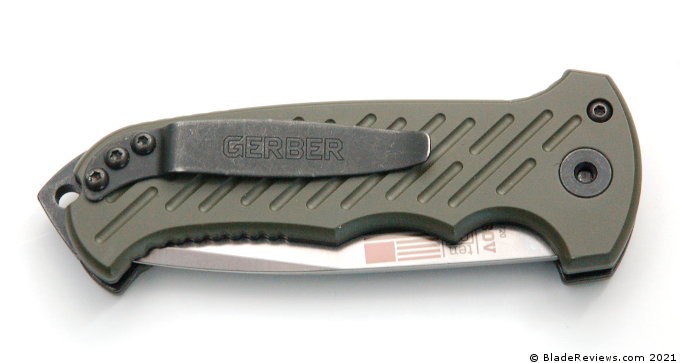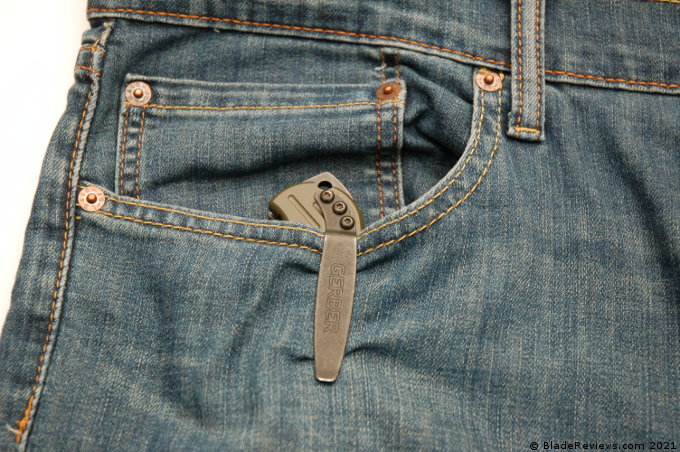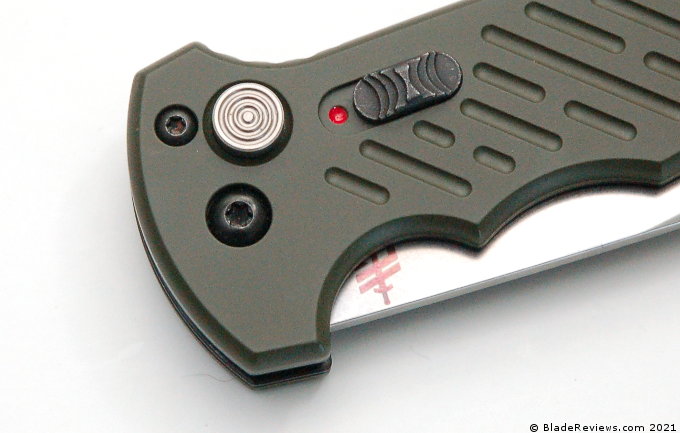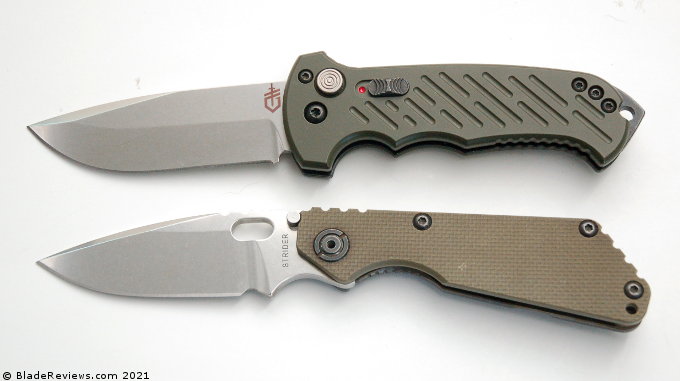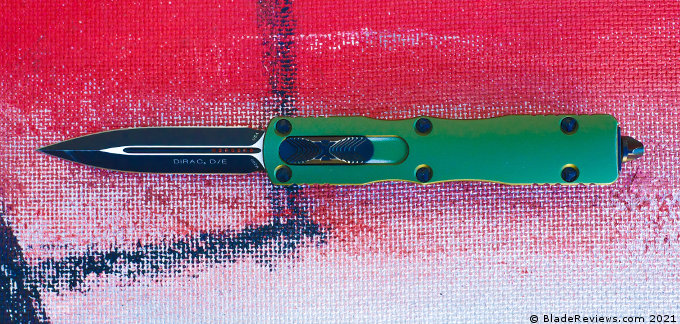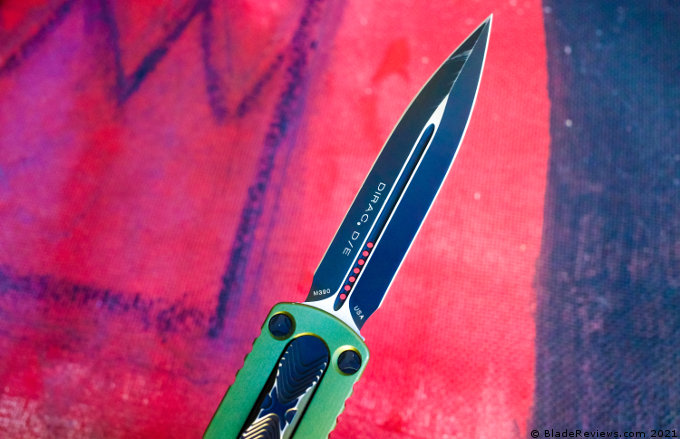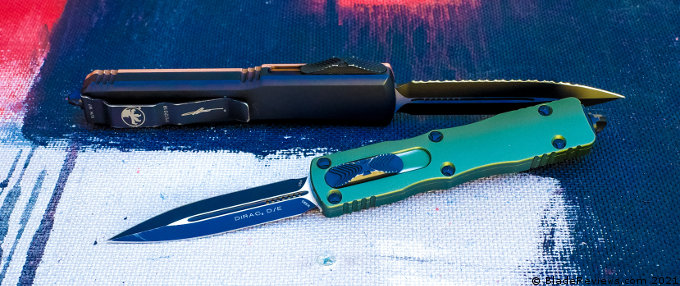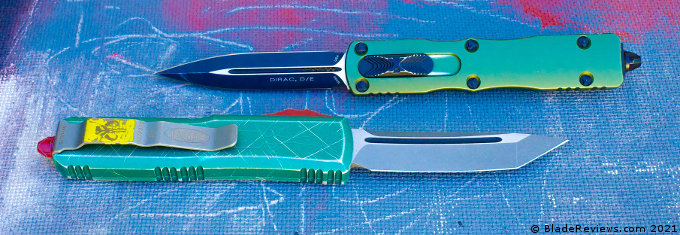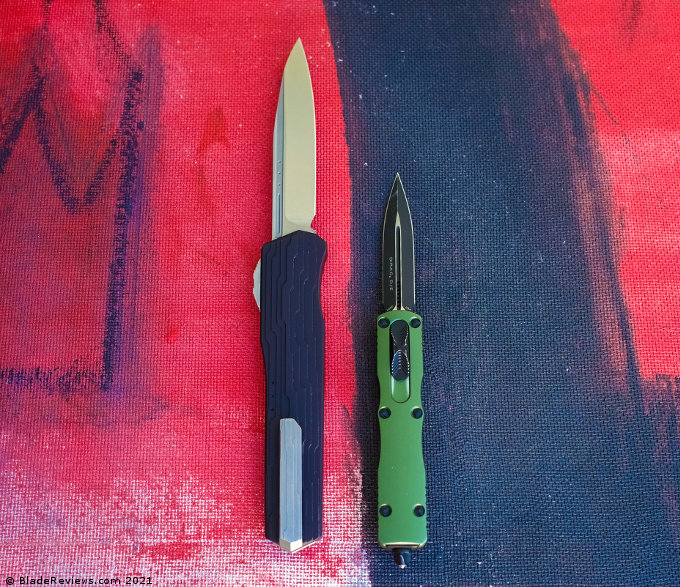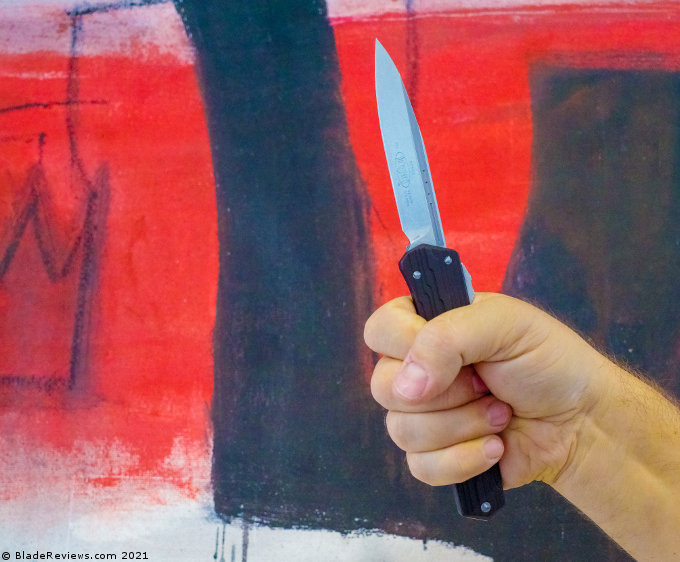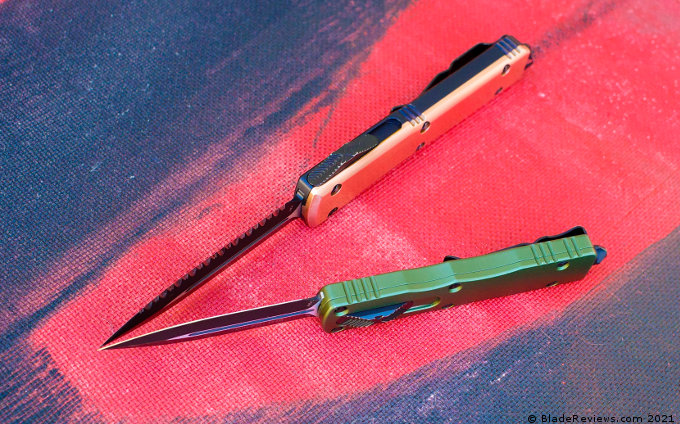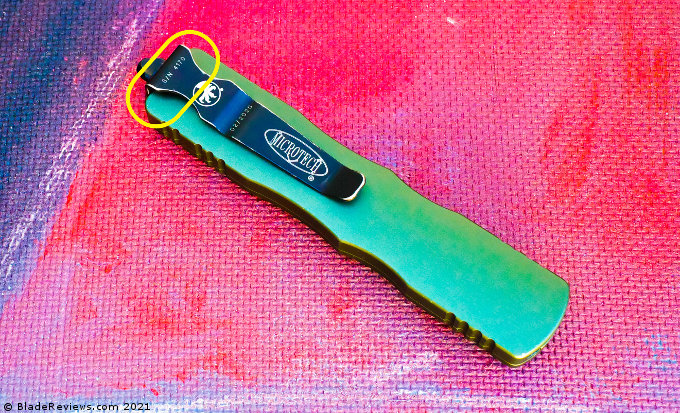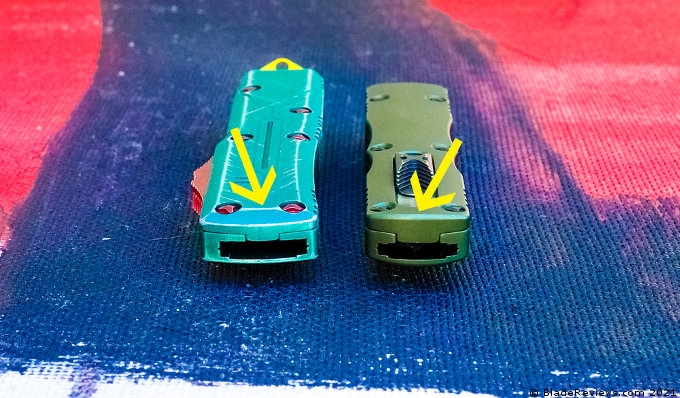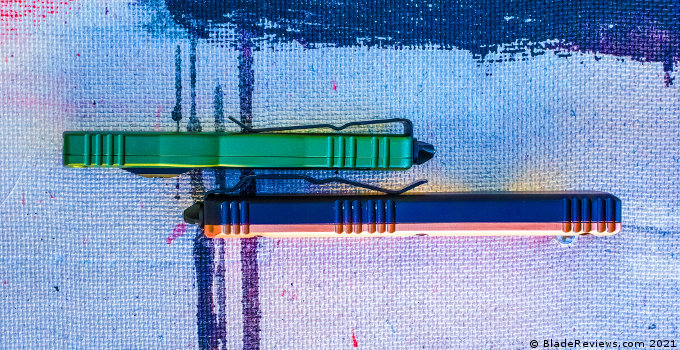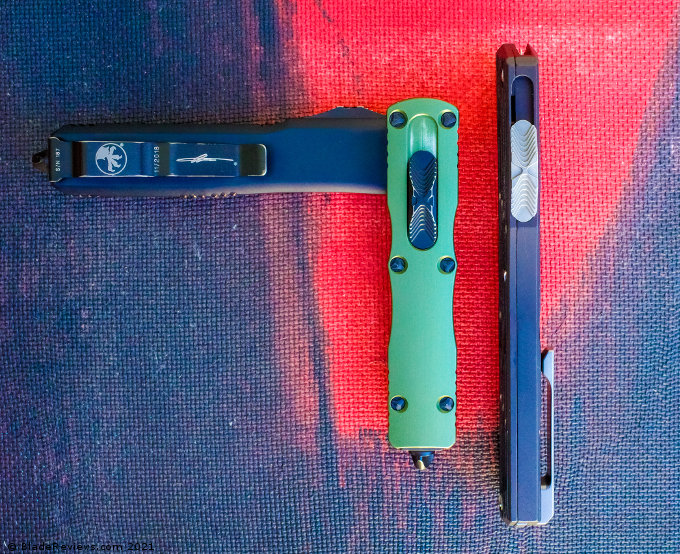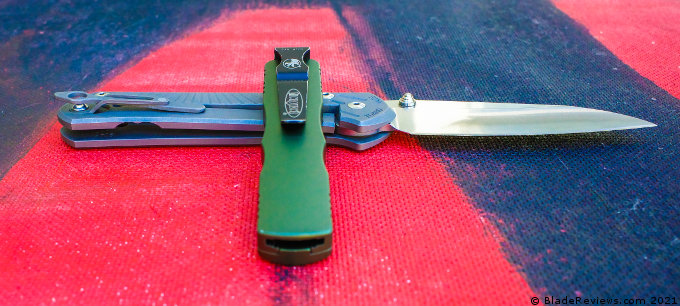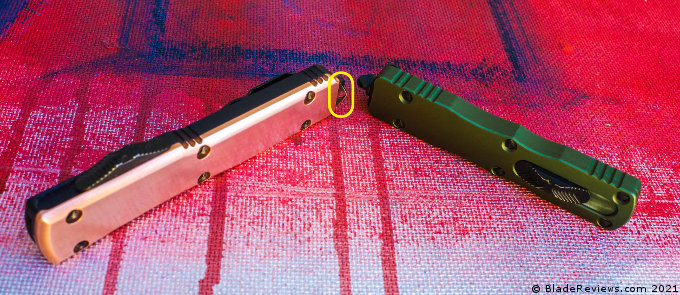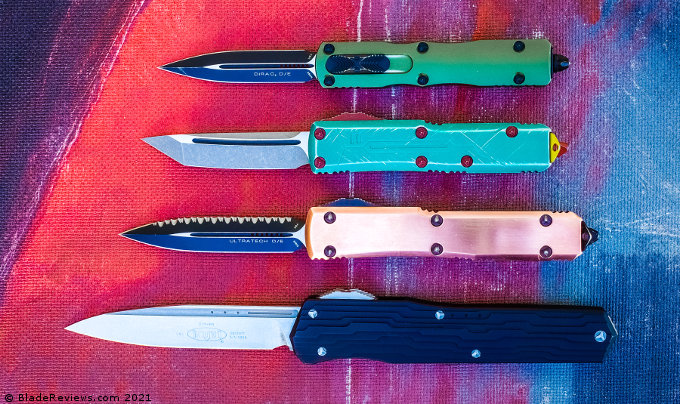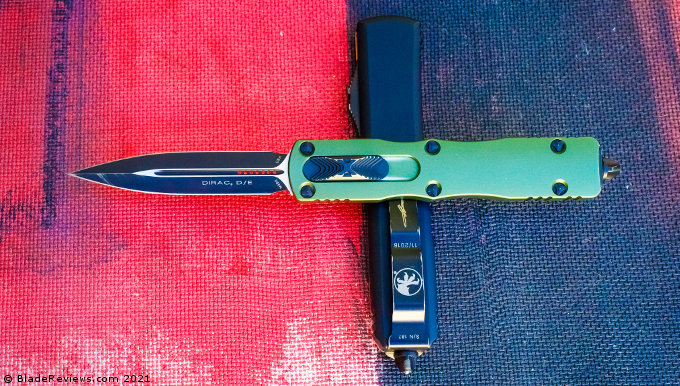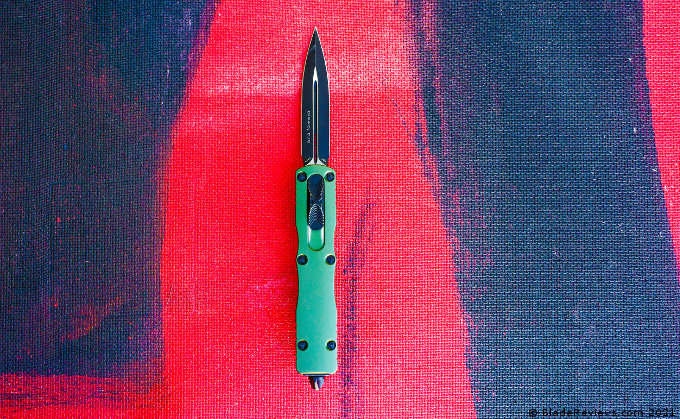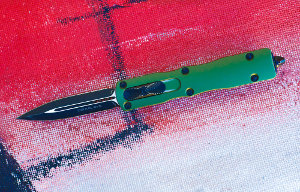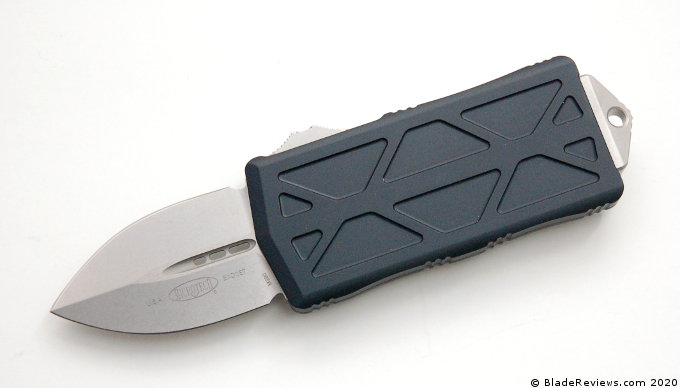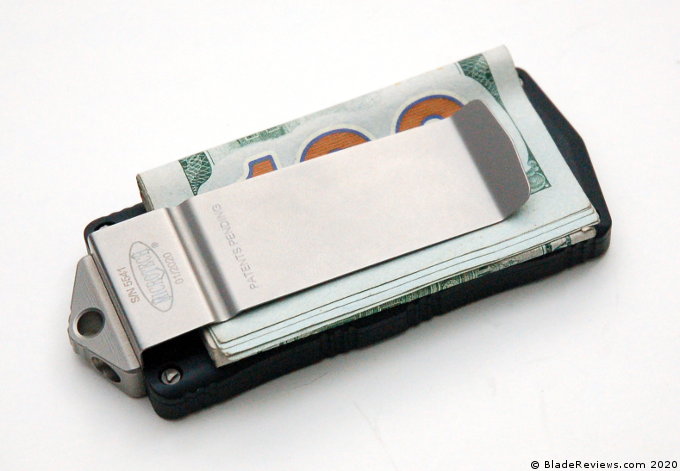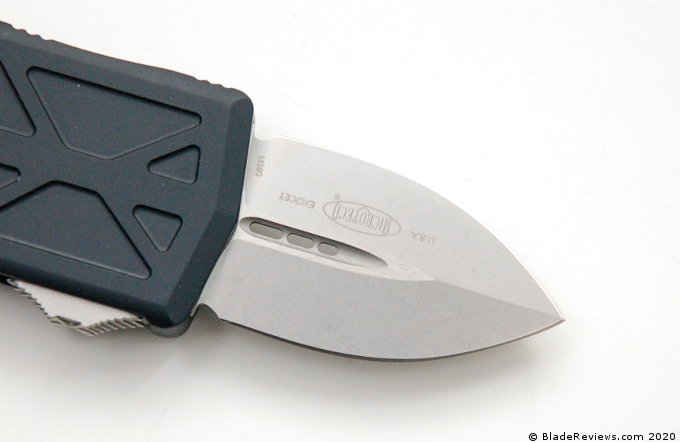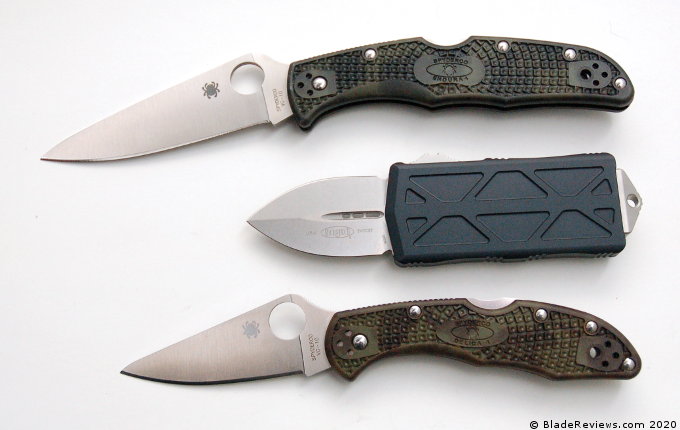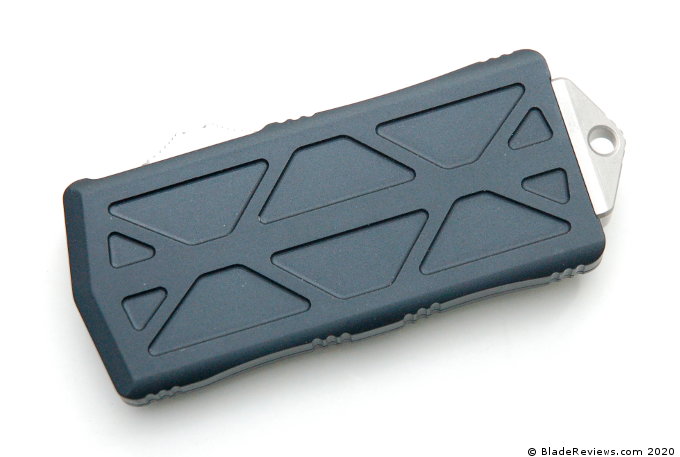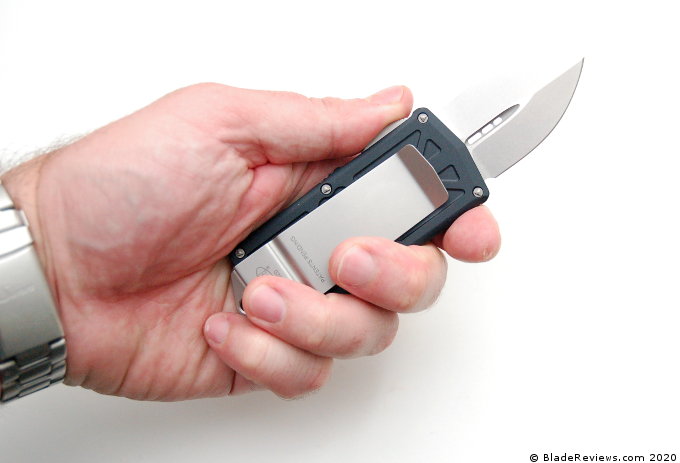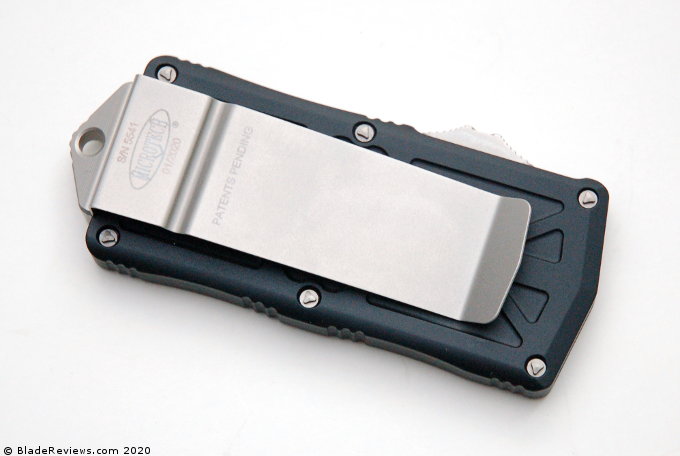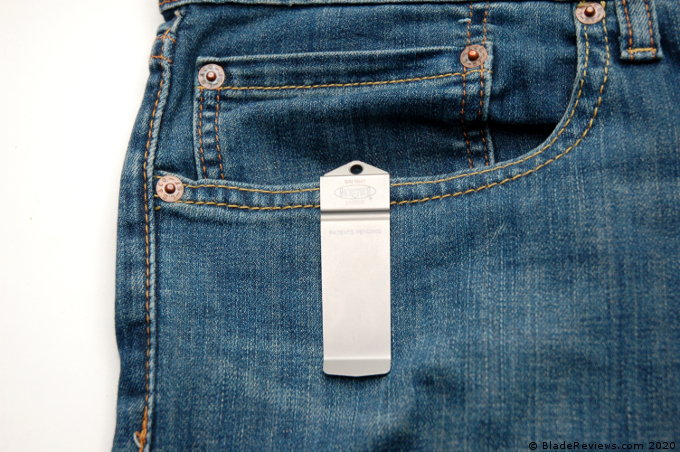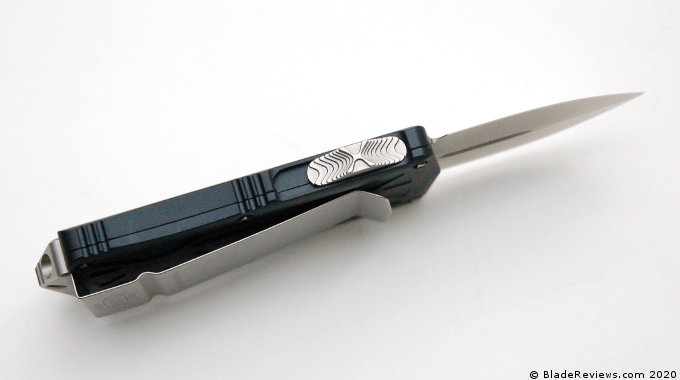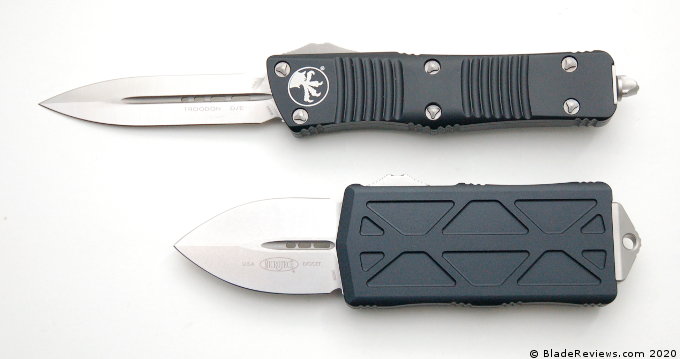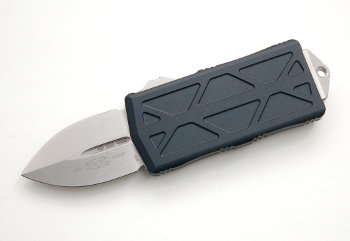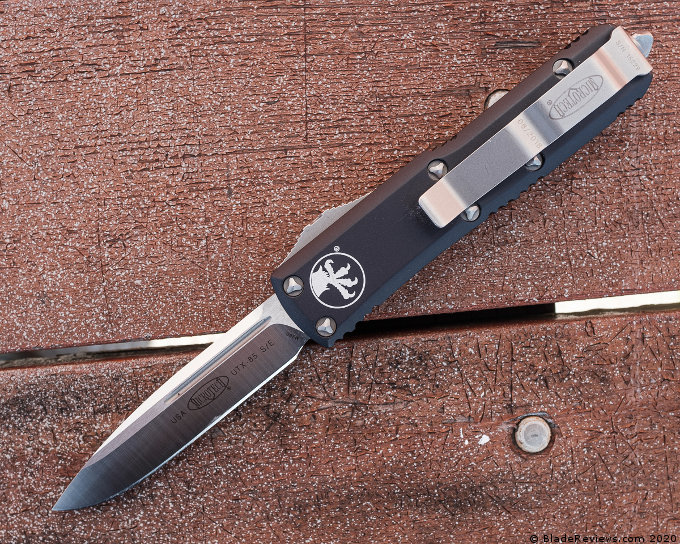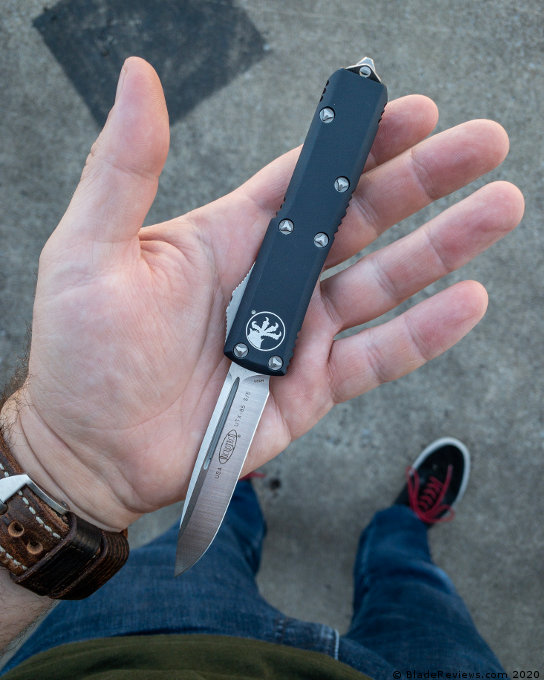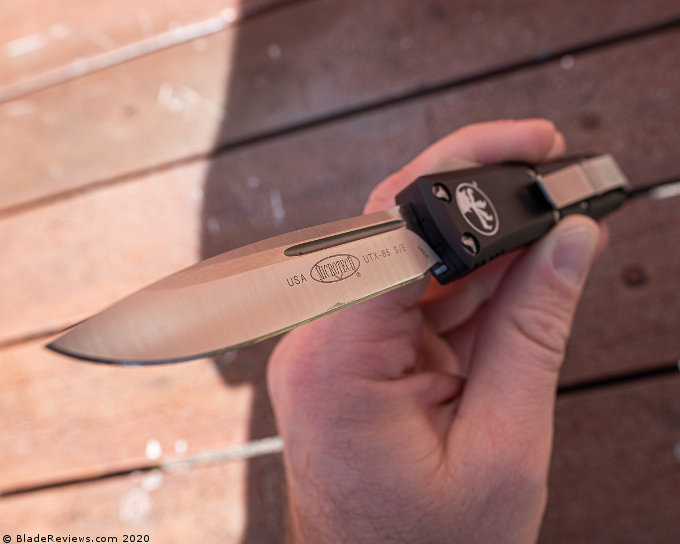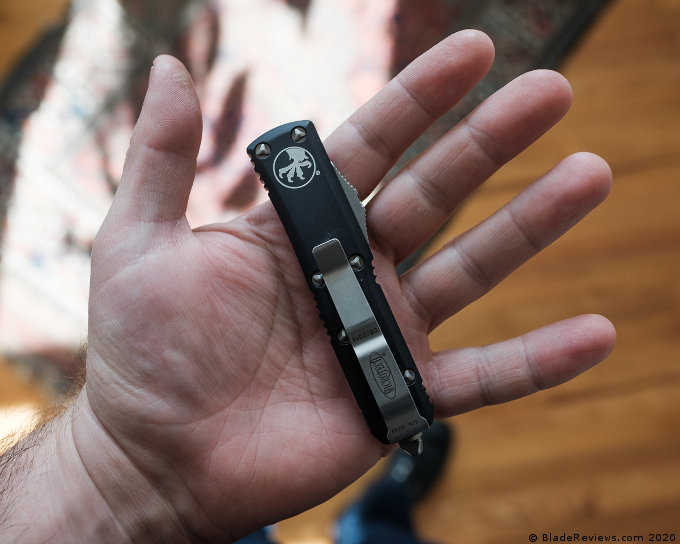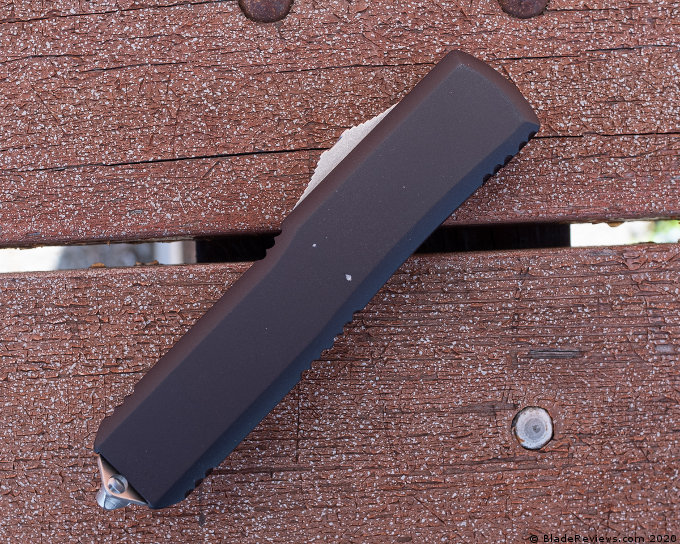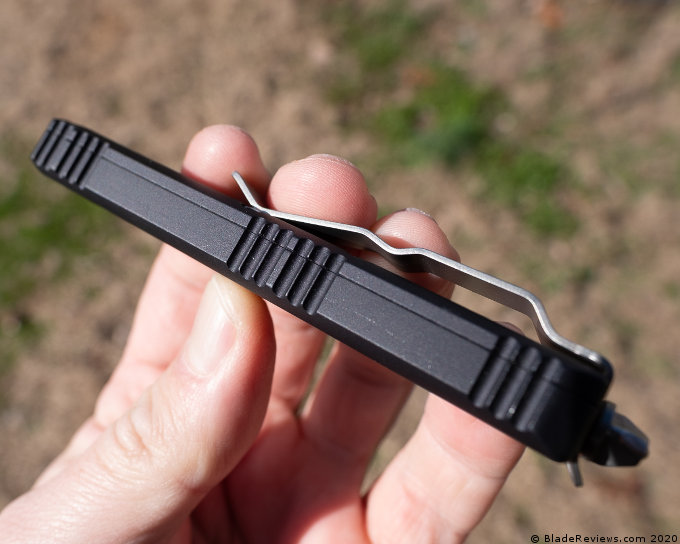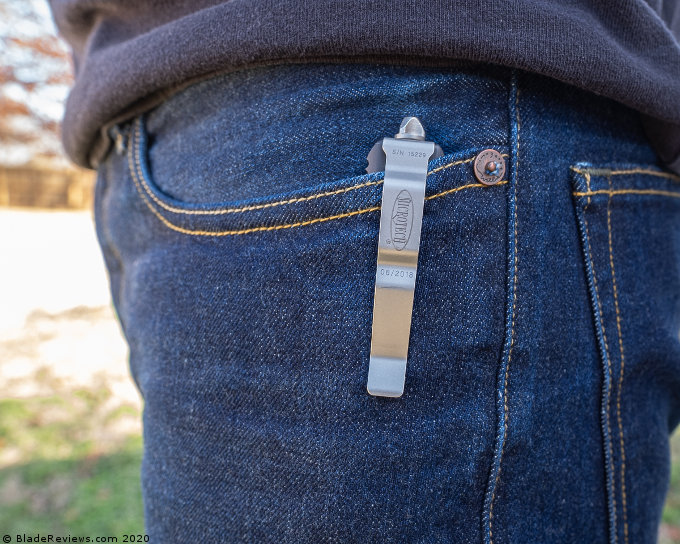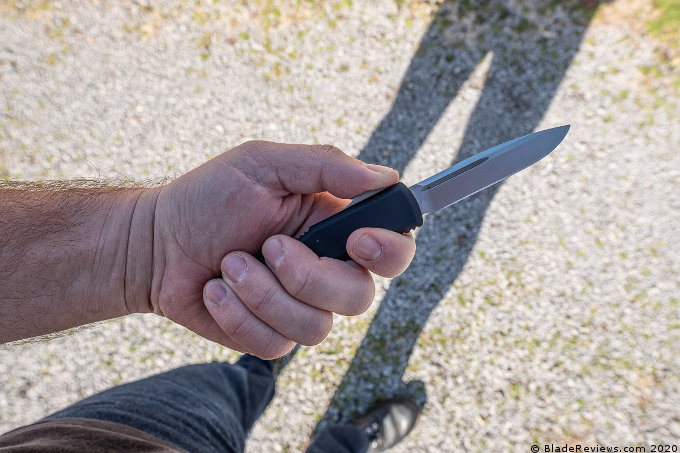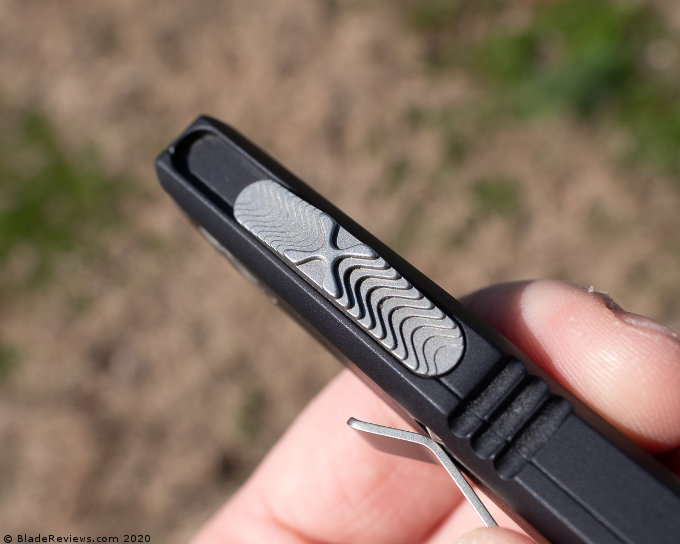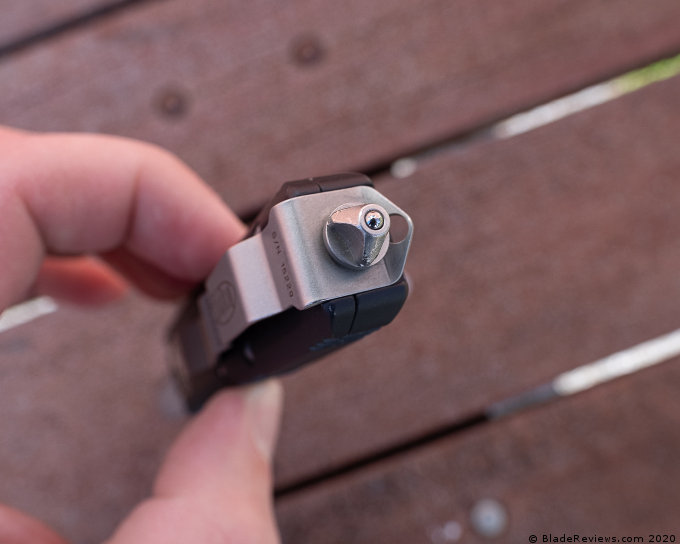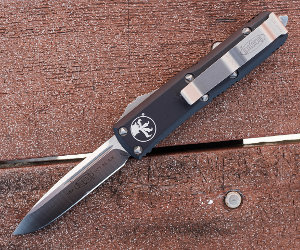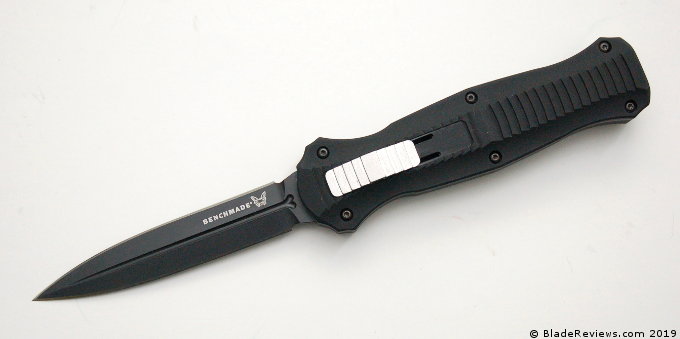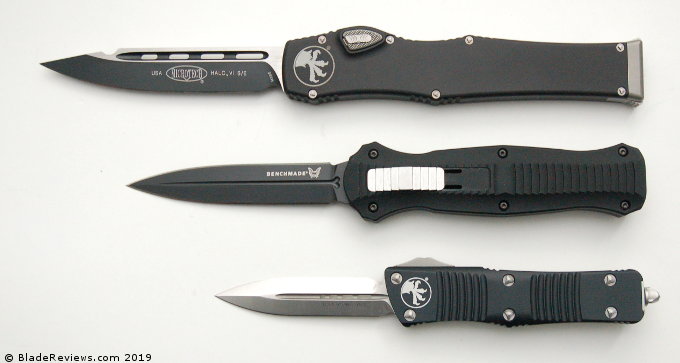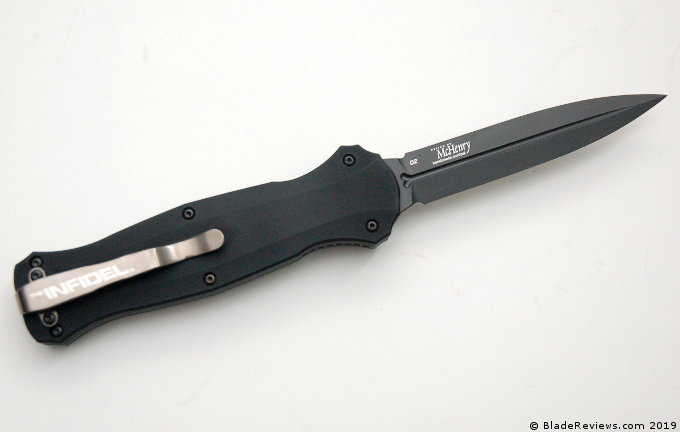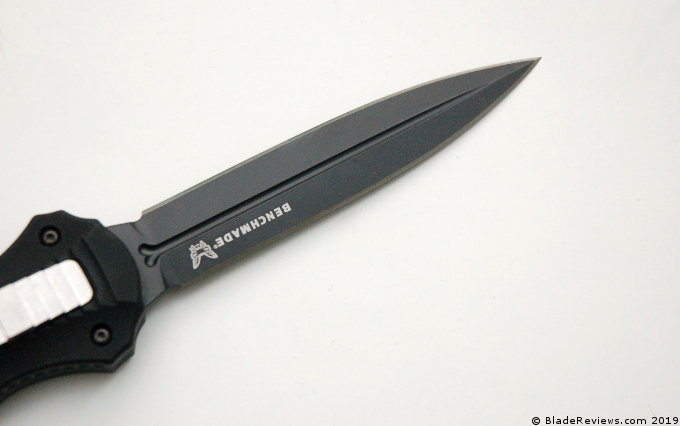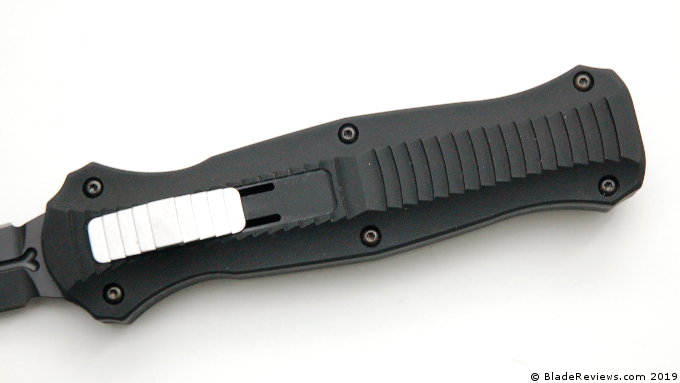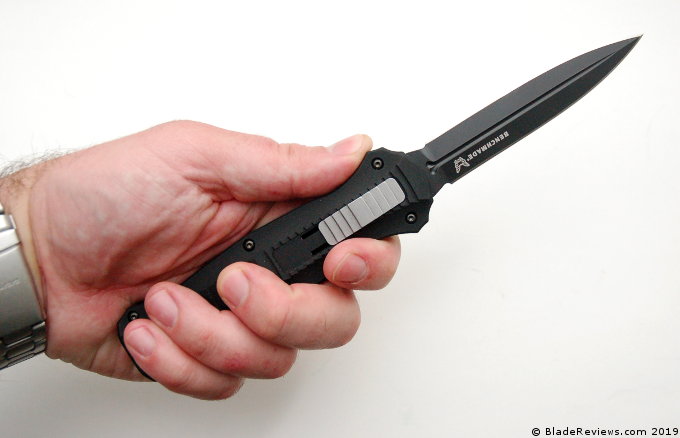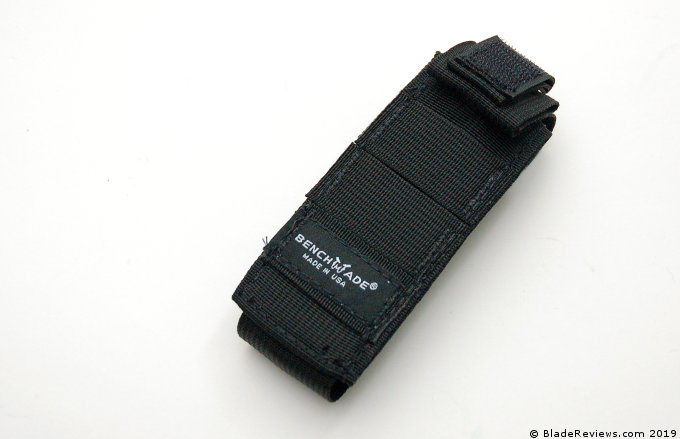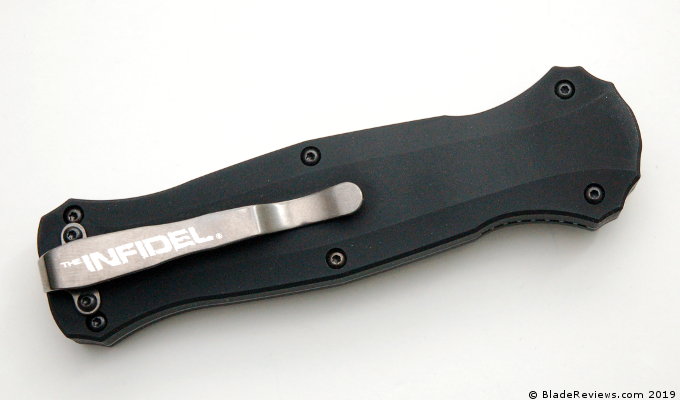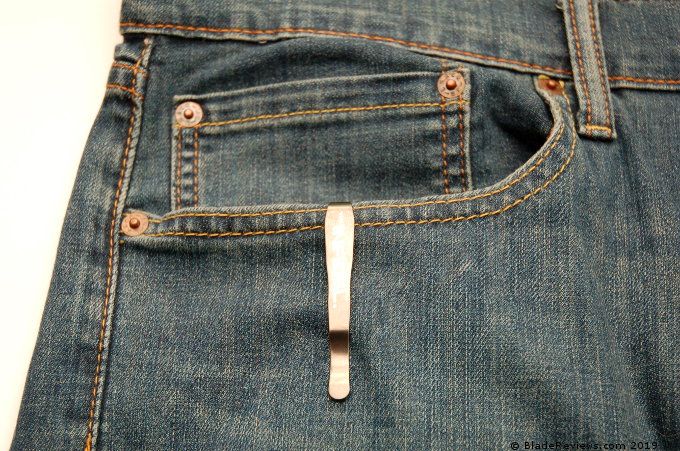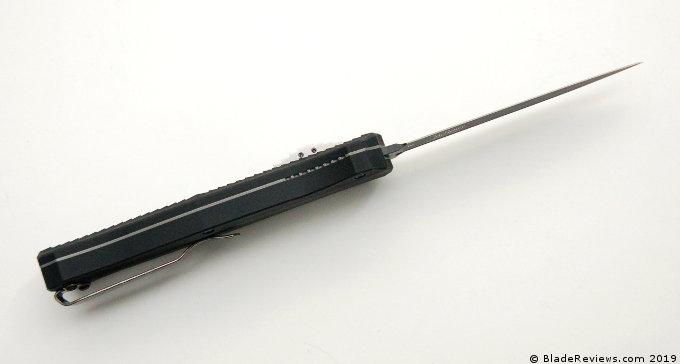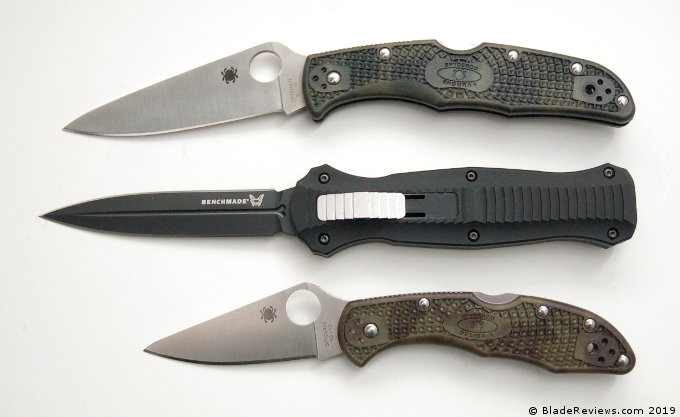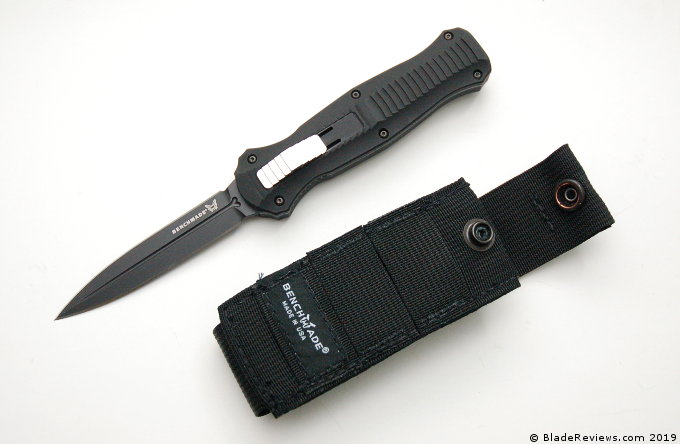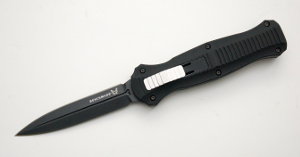Pro-Tech isn’t always the first brand that comes to mind when knife collectors start talking about automatic knives. We often default to Microtech or perhaps Kershaw. This makes sense, both of these brands have a large market share in the industry. They also possess a large social media presence and are very conspicuous at the tradeshows.
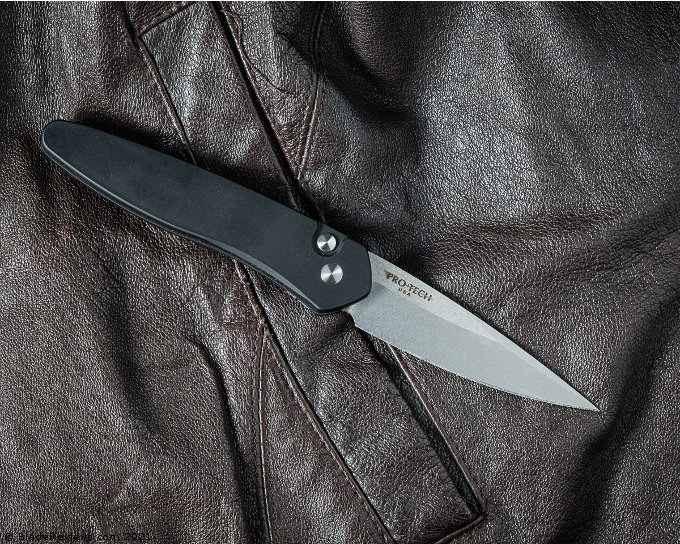
Buy the Microtech Dirac at BladeHQ
However, I think any true knife enthusiast would be sorely remiss to not spend some time looking at Pro-Tech. I’ve owned several knives from Protech over the years, they are one of the few swing-blade automatic manufacturers that make lefty dedicated versions of their knives. (Note to knife brands: I’ll literally throw money at you if you make lefty dedicated versions of your knives. I always support lefty manufacturers.)
Pro-Tech is a US-based knife company based out of Southern California. Their knives are all made in small runs in order to give the company the time to put human hands on each knife going out of their doors. They have done some great collaborations with Strider, Emerson, and Les George to name a few. They primarily focus on automatics but do have several “normal opening” knives in their catalog. Protech is also known for its (with a grain of sand) custom knives. These generally take the form of an existing production model made with premium materials. Check out this custom they made for Nick Shabazz a couple of years back.
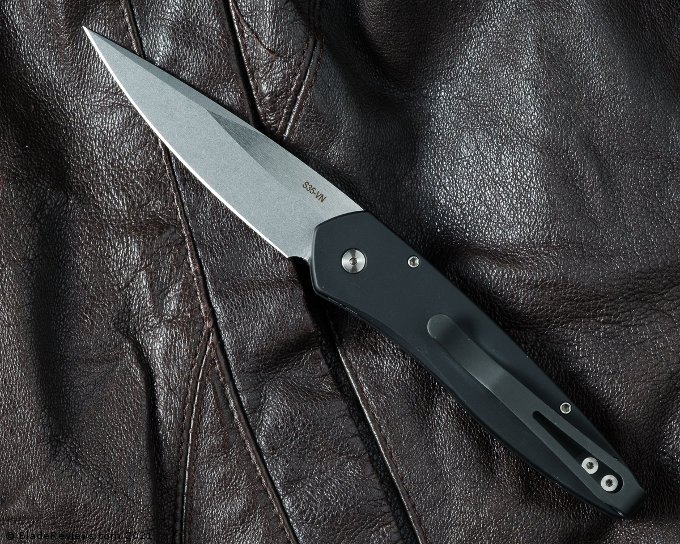
The ProTech Newport is what’s up for discussion today, let’s touch on some specs:
(All Measurements are my personal measurements and may differ from manufacturers specs)
- Blade: 2.75”
- Overall Length: 7”
- Thickness: .62” with the clip
- Blade Thickness: .1”
- Steel: S35VN
- Weight: 2.2oz
- Lock: Button Lock Automatic
Blade Steel
First things first, the business end of any knife is the blade. The Protech Newport has a very aggressive drop point blade made out of thin S35VN. When considering this particular knife I think it’s important to keep in mind the intended use-case here. This is a gentleman’s folder, not a hard use EDC blade. You want this knife to be ground thin and constantly sharp so that it’ll sing through the envelopes on your desk; that is what Protech has achieved here. With my calipers I’m seeing a blade stock that’s just under a tenth of an inch thick. Once ground down to the edge this knife becomes a lightsaber. My secret plan is to see if I can get this blade reground even thinner, to a zero-edge after the review. I like my knives to scare me by simply existing.
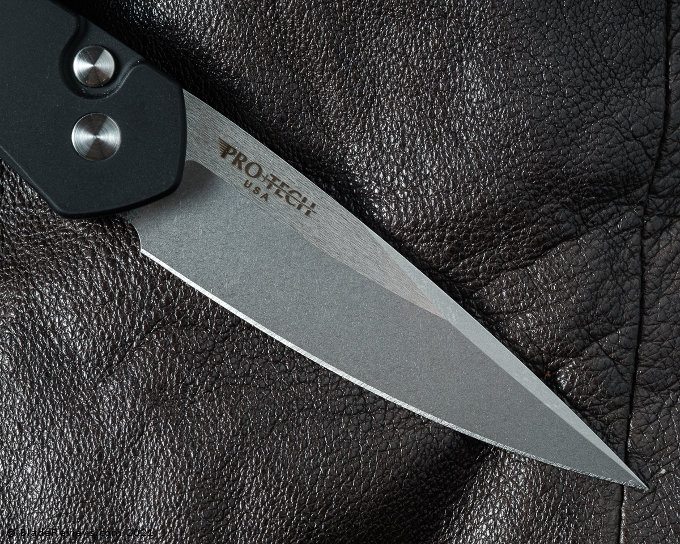
The steel Protech chose for the Newport is Crucible legendary S35VN. There has been plenty written about S35VN over the years. Suffice to say that this is a good choice for a knife like this. It retains an edge well, resists rust and corrosion, and is easy to sharpen when needed.
Handle, Ergonomics, and Pocket Clip
The handle of the Newport is where it makes its intended purpose known. The slabs are made of anodized aluminum. The anodization has a “satin-y” texture to it providing the only grip surfaces on the knife. This just confirms in my mind that this is a more, “desk knife” than something you’d put into a hard use or tactical application. You’re going to open letters and packages with this knife.
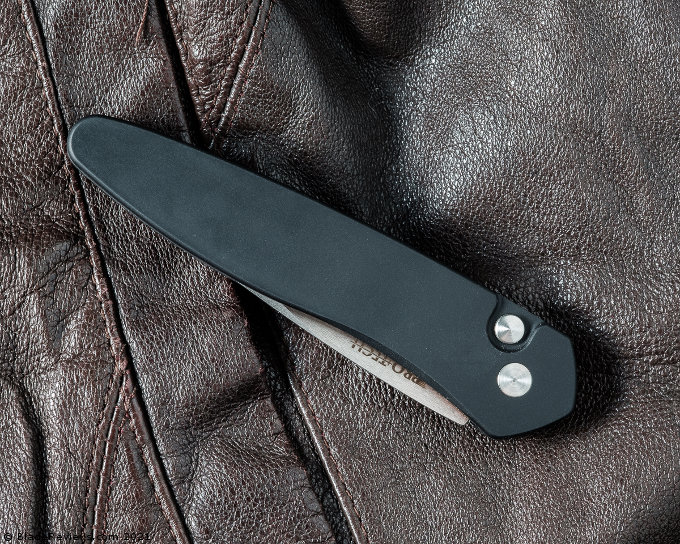
Ergonomically the Newport sits well in hand. Protech has added a small palm swell in the handle that sits between my ring and pinky finger. This gives you a little bit more purchase on the knife when you’re working with it. The one thing to take into consideration is the size of the knife in general, I wear an L size glove and my hand occupies the entire handle. This combined with the lack of gimping would make me think twice about using this knife for any type of aggressive piercing tasks. I’d hate to run my hand onto that blade. As I said above, however; I think you’ll most likely be grabbing this knife for some pretty small jobs, so I wouldn’t sweat that too much.
The clip is excellent. It’s a deep carry clip with the fold terminating at the very end of the handle. What that means for you is the entire body the knife will sit inside your pocket. The Newport, being slim in profile already, is a good candidate for this. Plus, with it being an auto you may not want to draw attention to the knife in your pocket.
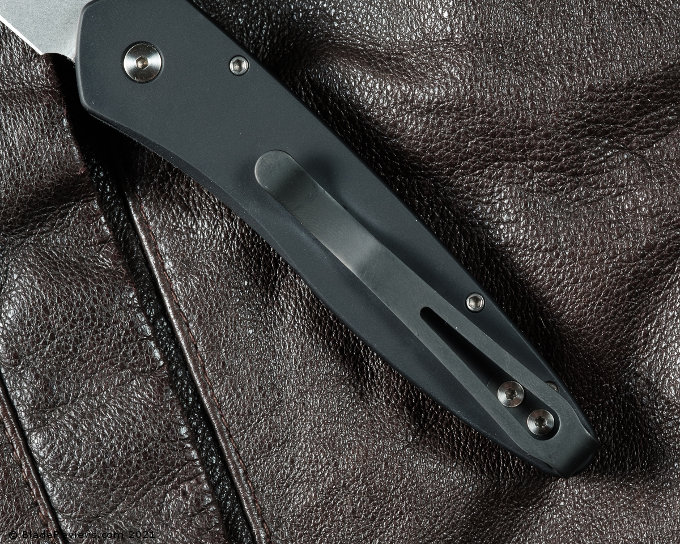
Speaking of which, here’s a shot of the Newport in the pocket:
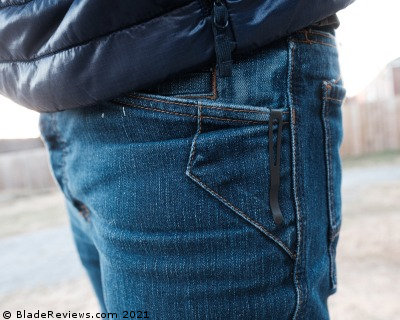
Deployment and Lockup
The Newport is a traditional swing blade automatic. Protech describes it as having a “smooth and fast coil spring action.” To translate this, the knife fires hard and fast. You’ll want to brace your fingers against the clip and nestle the end of the handle into your palm when you activate it otherwise you may send this sucker flying. It kicks like a tiny little mule. This is a good thing, and it’s a ton of fun to play with, but when you hand the knife to your bud just make sure he knows what’s coming too.
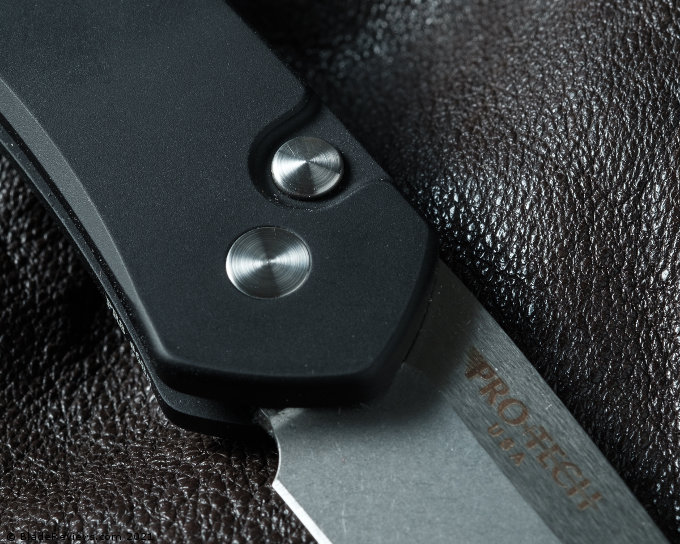
Using the lock is simple: Press the button and close the blade. You’ll be pushing against the spring that fires the knife, so I always use two hands to close this one. The knife is solid in the open and closed position though, no play to be hand in the mechanism.
Competitive Options
There are a couple of other options that come to mind if maybe the Newport doesn’t tickle your fancy:
The first one that I can think of is the Boker Kalashnikov. More of a heavy-duty knife with the Boker’s spear point blade. MUCH cheaper, but with that costs savings will come quality differences.
Next, you might consider Kershaw Launch 1. It’s a little larger, a tiny bit cheaper, and totally different styling. Kershaw doesn’t make a dedicated lefty version but it does have a reversible clip. You’ll still have black aluminum handles and a push-button lock. This could be a good option for you.
The last option that pops into my head is the Hogue Knives EX-AO1. These knives are a little bigger overall but roughly the same price as the Newport. You may just want something that fills your hand better and Hogue makes an excellent auto.
Protech Newport Review – Final Thoughts
So to wrap up… I love Protech’s offerings, they are a US company that does all their small-batch manufacturing in southern California. Their knives are quality and have their own style to them that’s undeniably Protech. The Newport specifically fits the bill for a “gentleman’s auto,” or a “light duty desk knife” for me. It’s also an EXCELLENT fidget toy when I’m working at my desk. If you keep the intended use of a knife like this in mind I don’t think you’ll be displeased with the Newport.
The Protech Newport is available in several different handle configurations, coated and uncoated blades, and a couple of really premium options that involve inlays. You should be able to find something that suits your taste in their catalog.
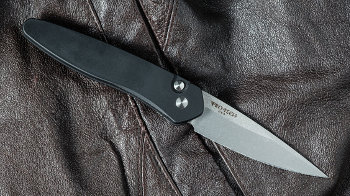
Pro-Tech Newport – From $164.95
From: BladeHQ
Editor: I recommend purchasing the Protech Newport at BladeHQ. Thank you for reading.
